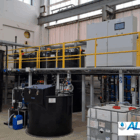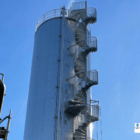Organic acids play a decisive role in biogas plants, as they are formed as intermediate products in the anaerobic decomposition of organic substrates. The concentration and composition of organic acids serves as an important indicator of the stability and efficiency of the biological process. An excess or imbalance of these acids can have a negative impact on the operation of the biogas plant, up to and including a process breakdown. Therefore, the monitoring and control of organic acids is essential for the economic and ecological operation of biogas plants.
Table of contents
Importance of organic acids in biogas plants
1. role in the anaerobic degradation process
Organic acids are produced in the second step of anaerobic fermentation, known as acidogenesis, from the hydrolysis of carbohydrates, proteins and fats. These acids are essential substrates for methanogenic microorganisms, which convert them into biogas (methane and carbon dioxide).
Typical organic acids in biogas plants:
- Acetic acid (acetate): Direct precursor for methane formation.
- Propionic acid: An important intermediate that can have a toxic effect in high concentrations.
- Butyric acid and valeric acid: by-products of the fermentation process that are only slowly utilized by methanogenic archaea.
2. key parameters for process stability
The concentration of organic acids is a sensitive indicator of the balance between the various microbial communities. An increase in certain acids, such as propionic acid, can indicate process disturbances. The FOS/TAC value (ratio of volatile organic acids to buffer capacity) is an established control parameter.
Value ranges:
- Stable processes: FOS/TAC of 0.3-0.5.
- Warning range: FOS/TAC above 0.5 - indicates accumulation of organic acids.
- Critical conditions: FOS/TAC above 0.8 - risk of acid build-up and process failure.
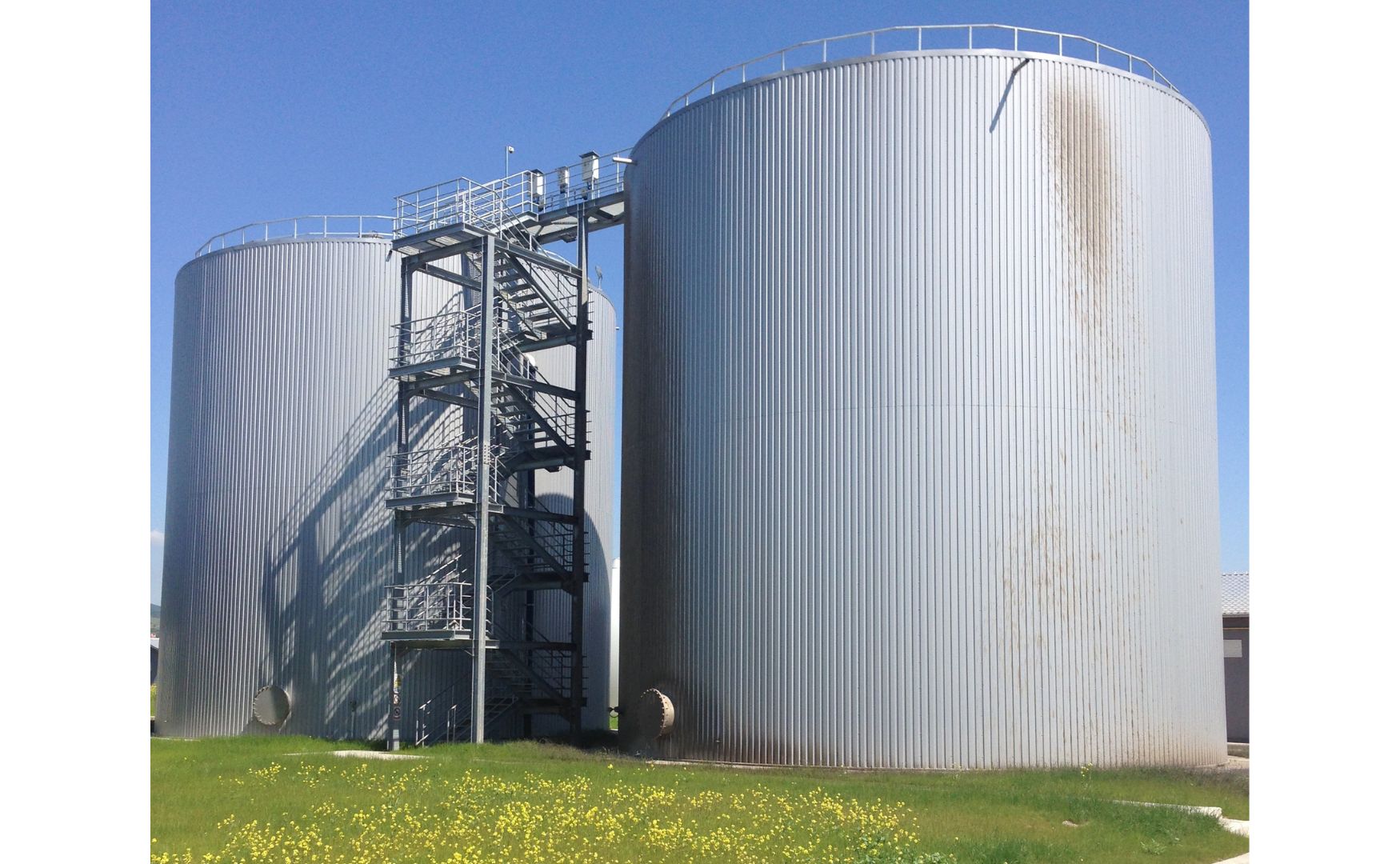
Photo: Our ALMA BHU GMR biogas plant
Monitoring organic acids
1. analytical methods
- Titration: To determine the FOS/TAC value.
- Gas chromatography (GC): Quantitative analysis of individual organic acids, such as acetic acid and propionic acid.
- Spectrophotometric methods: rapid tests to determine total acid concentrations.
2. regular control
Continuous monitoring is essential in order to detect process faults at an early stage. Automated sensor systems and process analytics (e.g. inline spectroscopy) are becoming increasingly important.
Effects of imbalances of organic acids
An excess of organic acids, often referred to as acid build-up, can lead to a process breakdown. Typical causes are
- Overloading the system: Excessive substrate feed, especially of easily degradable substances such as sugar or starch.
- Inhibitors: Residues such as antibiotics or heavy metals that affect methanogenic microorganisms.
- Insufficient buffer capacity: Low alkalinity leads to a drop in pH and inhibition of methanogenesis.
Consequences of acid buildup:
- Drop in pH value below 6.5 - methanogens lose their activity.
- Increase of the COD content in the digestate.
- Reduced biogas yield and increased process costs.
Measures to control organic acids
1. process optimization
- Controlled substrate supply: Regular feeding with a balanced substrate mix.
- Temperature management: Stabilization of the operating temperature (mesophilic or thermophilic).
2. buffering of the system
- Addition of buffering agents: Sodium bicarbonate or lime to stabilize the pH value.
- Selection of alkaline substrates: Reduction of acidic inputs through targeted substrate selection.
3. rectify process faults
- Load reduction: Reduction of substrate supply to stabilize microbial decomposition.
- Partial substrate dilution: Dilution of the fermentation substrate with water or recirculate.
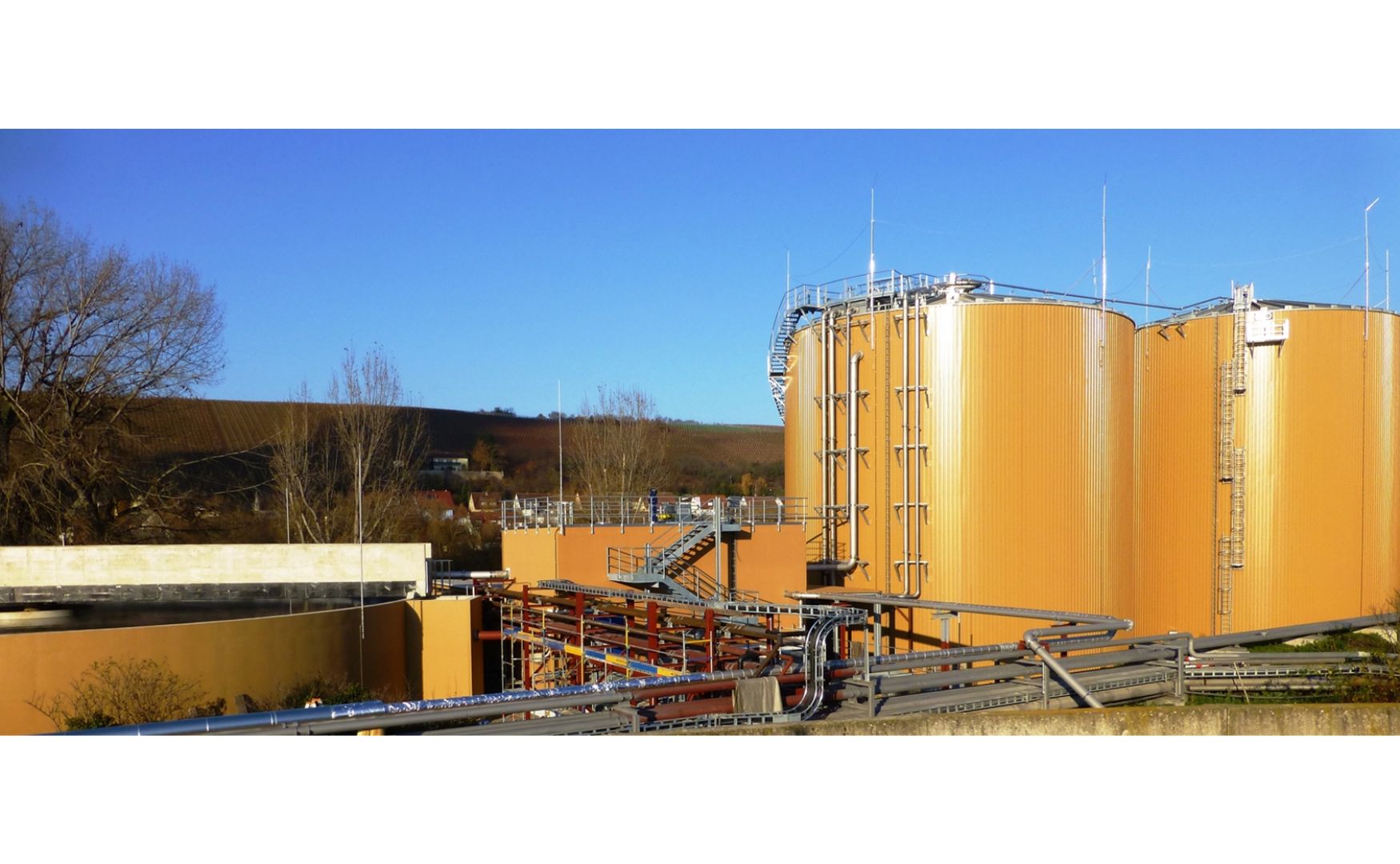
Photo: Our ALMA BHU GMR biogas plant with secondary clarification, biomass recirculation and aerobic post-treatment
Technologies for monitoring and treatment
1. biogas sensors
Monitoring of biogas composition and methane yield in order to draw conclusions about the utilization of organic acids.
2. recirculation of process water
The recirculation of fermentation residue water with stable alkalinity can increase the buffer capacity.
3. integration of pre-treatment processes
- Hydrolysis reactors: Stabilization of hydrolysis and acidogenesis through separate reactor management.
- Ultrasonic treatment: Accelerates the hydrolysis of complex substrates, keeping the acid content under control.
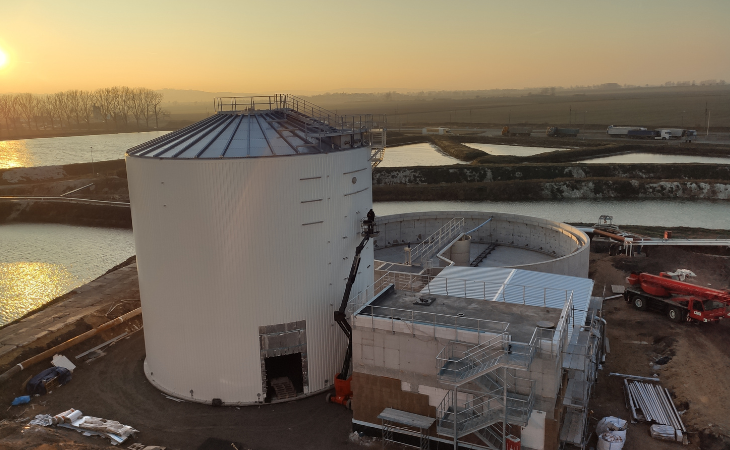
Photo: Our ALMA BHU GMR biogas plant with secondary clarification and biomass recirculation
Conclusion
Organic acids are a key parameter for the operation and stability of biogas plants. They play a dual role as necessary substrates and potential inhibitors, which is why their monitoring and control is of crucial importance. With targeted measures such as process monitoring, buffering and substrate management, plant operators can optimize biogas production and at the same time avoid process failures. Modern sensor technology and analytical methods provide valuable support for effectively using organic acids as key parameters.
For further information on our products, please feel free to contact us at any time!







